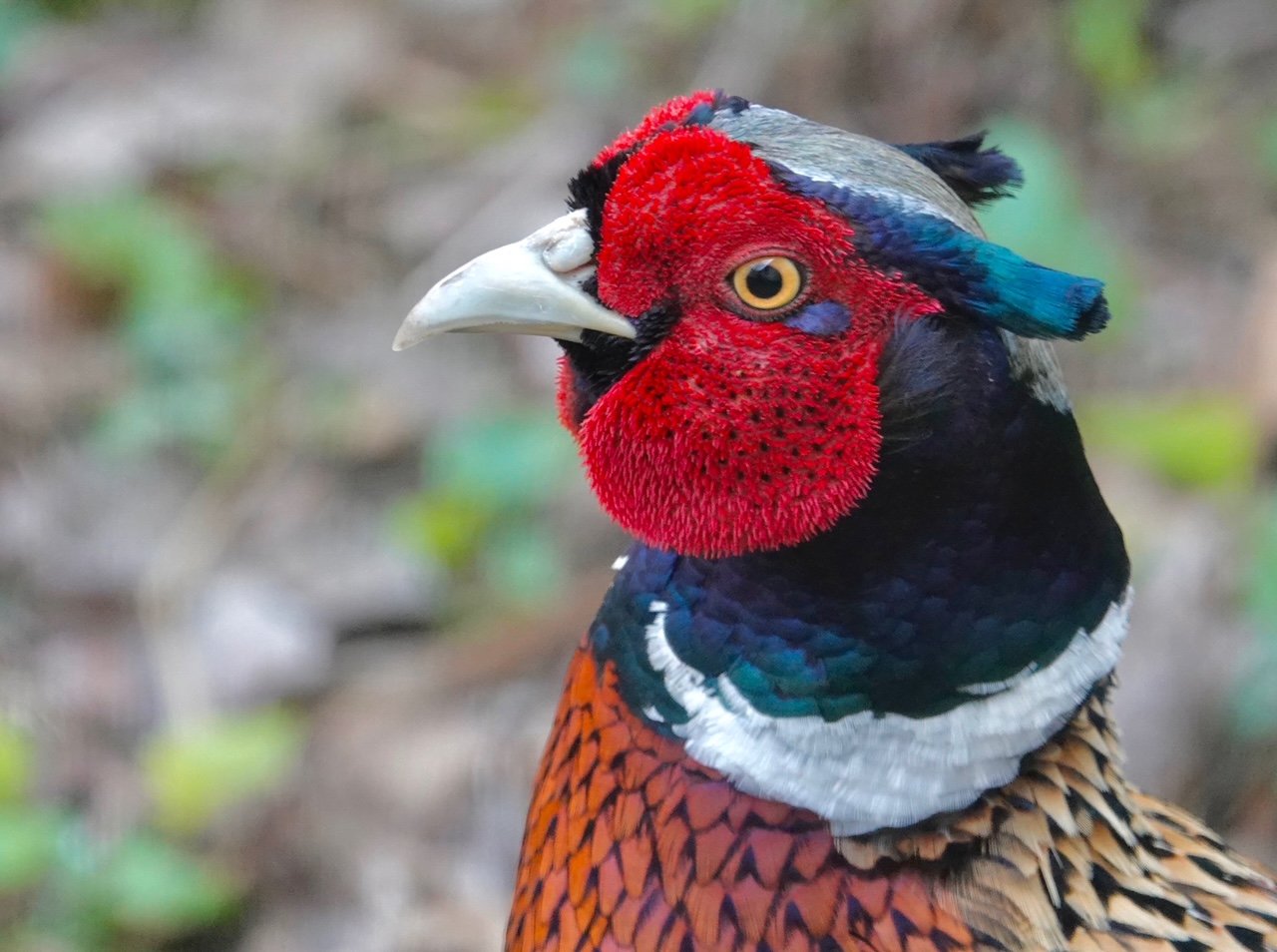Naturally
House wrens like clotheslines. One nested in my mother’s clothespin bag and another nested in my blue jeans hanging on a line. Simple joys weren’t denied as young wrens fledged in unrehearsed flights from both sites. One year, there was a crow that plucked off the clothespins nearest to the post where it was perched. It did nothing more than drop them to the ground, caw several times and fly away.
I saw a red-winged blackbird on a street sign. I’d love to see one on a street sign reading “Broadway.” It’d be great to hear that bird singing on Broadway.
I watched an osprey pluck a fish from the water. The osprey’s feathers are slightly oily to limit water absorption and it’s the only raptor having that adaptation.
In Florida, I listened to mockingbirds alternating the sounds of a cardinal, a cellphone, a blue jay, a car alarm and a Carolina wren. Research has found frogs and toads are on the list of sounds mimicked by mockingbirds.
I watched a broad-winged hawk, the most common raptor of the forests in Minnesota. The record number of broad-wings flying over Hawk Ridge in Duluth was 160,703 birds in the fall of 2003. Annual fall counts at Hawk Ridge vary considerably and are subject to weather during migration. This hawk migrates at high altitudes and seldom stops to hunt during migration. To conserve energy on the long journey, they float upward to find lift on vertical air currents as high as they can go, and then glide to another. When one broad-wing discovers a thermal or updraft, others join it, all swirling up in a “kettle.” Their fall migration is an exciting spectacle as they wing their way to Central and South America.
I walked a trail in Columbia, Missouri. Male Carolina wrens sang a series of quick, three-part whistles, which sounded like “teakettle” or “Germany.” Their bite was once thought to be deadly poisonous, probably because wrens eat spiders. It’s not.
Alcatraz was a federal prison once the home of Al Capone, George “Machine Gun” Kelly, Alvin Karpis (the first public enemy #1) and Robert Stroud, all sent to “The Rock” for attitude adjustments. Stroud’s life was made into the “Birdman of Alcatraz” movie starring Burt Lancaster. The exact meaning is debated, but Alcatraz likely came from “Alcatraces,” meaning “the island of pelicans” and was named by a Spanish explorer in 1775 because of the brown pelicans seen there. It was anglicized to Alcatraz. Another movie “The Escape from Alcatraz” starred Clint Eastwood.
Q&A
“What are my chances of seeing a brown pelican in Minnesota? Slim. There have been five sightings according to the Minnesota Ornithologists’ Union’s historical records.
“My grandfather called a brown thrasher by another name, but I can’t remember what it was. What are its other names?” The nicknames of this talented and talkative state bird of Georgia include red Mavis, eastern roadrunner, French mockingbird, ferruginous thrush, sandy mocker, corn planter, fox-colored thrush, red thrush and ferruginous mockingbird.
“What’s the difference between a cocoon and a chrysalis?” The two words are used interchangeably, but they are different things. Cocoons are specific to moths, while butterflies form chrysalises. Moths spin silk around themselves and molt inside the silk casing. This provides warmth and protection from its environment. You can find a camouflaged cocoon attached to a leaf or branch, buried underground or in leaf litter. Chrysalises aren’t silk. A butterfly molts into a chrysalis, which is a hard exoskeleton covering that protects the developing butterfly beneath. Chrysalises are found hanging from something.
“Where does the word ‘piebald’ come from?” It derives from a combination of "pie," from "magpie" and "bald," meaning "white patch." The reference is to the black-and-white plumage of a magpie.
“What is the largest flying bird in the world?” The wandering albatross has the largest known wingspan of any living bird, reaching nearly 12 feet. This albatross is the master of the wind.
“Are there hummingbirds in Russia?” Hummingbirds are found only in the New World (the Western Hemisphere, which is North and South America and their surrounding waters) and the majority of the species live in South America.
“What bird is the water witch?” Pied-billed grebes don’t dive as deeply as loons, 20 feet or fewer for about 30 seconds. An alarmed grebe dives swiftly and may swim underwater until reaching plants in shallow water, where it remains submerged, except for its eyes and bill, until the danger passes. This impressive disappearing act is responsible for the bird’s nickname, “water witch.” The pied-bill and other grebes share another nickname emphasizing their diving skills—“hell diver.”
Thanks for stopping by
“I have no special talent. I am only passionately curious.”—Albert Einstein.
“Every moment is a golden one for him who has the vision to recognize it as such.”—Henry Miller.
Do good.
©️Al Batt 2022
This handsome ring-necked pheasant rooster has been crowing outside my bedroom window early each morning in an attempt to secure employment as my alarm clock. He took the Myers-Briggs test, but no job offer has been made. Photo by Al Batt.
A delightful little book with some big ideas. The insect by the author’s name (James) was a live insect and a reader. It was probably not named James.
A Groundhog enjoys a salad.
The beautiful Wild Columbine has a plenitude of nicknames including: Cluckies, Dancing Fairies, Granny’s Bonnets, Jack-In-Trousers, Meetinghouses, and Rock Lily.
A White-tailed Deer button buck.
A White-tailed Deer button buck.
What is that baby robin doing on the ground? It’s listening to Al Batt on the radio.








